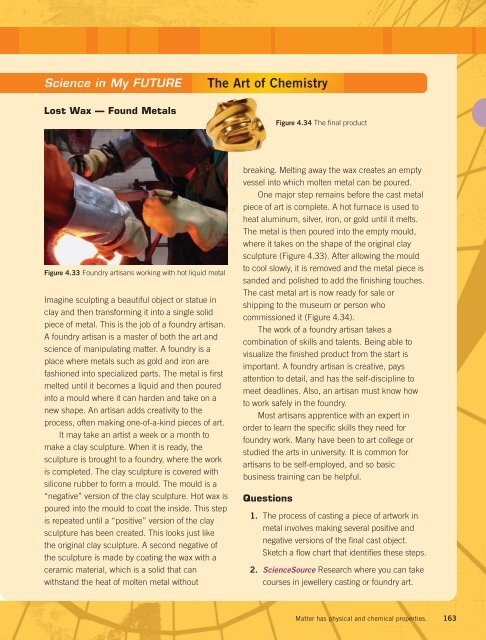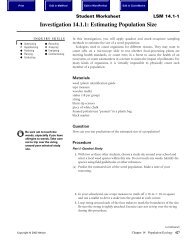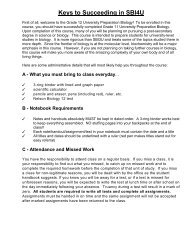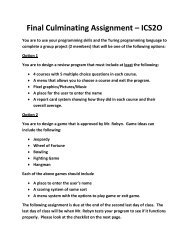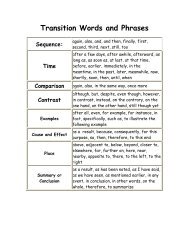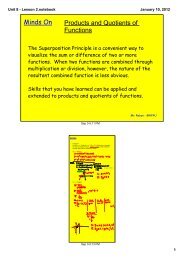Chapter 4.pdf
Chapter 4.pdf
Chapter 4.pdf
Create successful ePaper yourself
Turn your PDF publications into a flip-book with our unique Google optimized e-Paper software.
Science in My FUTURE<br />
Lost Wax — Found Metals<br />
The Art of Chemistry<br />
Figure 4.34 The final product<br />
Figure 4.33 Foundry artisans working with hot liquid metal<br />
Imagine sculpting a beautiful object or statue in<br />
clay and then transforming it into a single solid<br />
piece of metal. This is the job of a foundry artisan.<br />
A foundry artisan is a master of both the art and<br />
science of manipulating matter. A foundry is a<br />
place where metals such as gold and iron are<br />
fashioned into specialized parts. The metal is first<br />
melted until it becomes a liquid and then poured<br />
into a mould where it can harden and take on a<br />
new shape. An artisan adds creativity to the<br />
process, often making one-of-a-kind pieces of art.<br />
It may take an artist a week or a month to<br />
make a clay sculpture. When it is ready, the<br />
sculpture is brought to a foundry, where the work<br />
is completed. The clay sculpture is covered with<br />
silicone rubber to form a mould. The mould is a<br />
“negative” version of the clay sculpture. Hot wax is<br />
poured into the mould to coat the inside. This step<br />
is repeated until a “positive” version of the clay<br />
sculpture has been created. This looks just like<br />
the original clay sculpture. A second negative of<br />
the sculpture is made by coating the wax with a<br />
ceramic material, which is a solid that can<br />
withstand the heat of molten metal without<br />
breaking. Melting away the wax creates an empty<br />
vessel into which molten metal can be poured.<br />
One major step remains before the cast metal<br />
piece of art is complete. A hot furnace is used to<br />
heat aluminum, silver, iron, or gold until it melts.<br />
The metal is then poured into the empty mould,<br />
where it takes on the shape of the original clay<br />
sculpture (Figure 4.33). After allowing the mould<br />
to cool slowly, it is removed and the metal piece is<br />
sanded and polished to add the finishing touches.<br />
The cast metal art is now ready for sale or<br />
shipping to the museum or person who<br />
commissioned it (Figure 4.34).<br />
The work of a foundry artisan takes a<br />
combination of skills and talents. Being able to<br />
visualize the finished product from the start is<br />
important. A foundry artisan is creative, pays<br />
attention to detail, and has the self-discipline to<br />
meet deadlines. Also, an artisan must know how<br />
to work safely in the foundry.<br />
Most artisans apprentice with an expert in<br />
order to learn the specific skills they need for<br />
foundry work. Many have been to art college or<br />
studied the arts in university. It is common for<br />
artisans to be self-employed, and so basic<br />
business training can be helpful.<br />
Questions<br />
1. The process of casting a piece of artwork in<br />
metal involves making several positive and<br />
negative versions of the final cast object.<br />
Sketch a flow chart that identifies these steps.<br />
2. ScienceSource Research where you can take<br />
courses in jewellery casting or foundry art.<br />
Matter has physical and chemical properties.<br />
163


